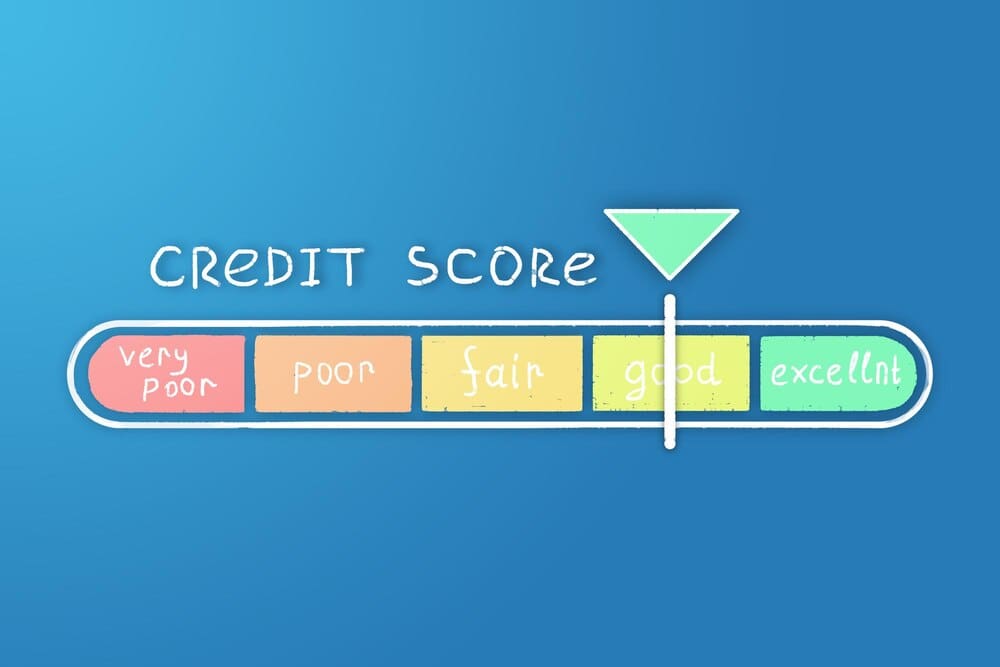For Miami residents navigating the city’s dynamic and often high-stakes financial landscape, understanding the number that defines their creditworthiness is paramount. This number, a credit score, is the key that unlocks mortgages for dream homes in Coral Gables, finances cars needed to traverse the Palmetto Expressway, and secures credit cards for daily life. Yet, the score consumers see is not always the one lenders use, primarily because of the two competing scoring models that dominate the industry: FICO and VantageScore. While both aim to predict a borrower’s likelihood of repaying a debt, they are distinct products from different creators, use slightly different formulas, and can produce varying results, a critical distinction that can impact loan approvals and cost Miamians thousands of dollars in interest.
The Foundations of Credit Scoring: Who’s Behind the Numbers?
At its core, a credit score is a three-digit summary of your financial history. It’s designed to give lenders a quick, objective measure of risk. The two names that every consumer should know in this space are FICO and VantageScore, the rival systems that translate your credit report into that all-important number.
FICO: The Industry Pioneer
FICO, which stands for Fair Isaac Corporation, is the original architect of credit scoring. Since introducing its first general-purpose score in 1989, FICO has become deeply embedded in the American lending system. For decades, it was virtually the only game in town, establishing itself as the gold standard for risk assessment.
Because of its long history, FICO scores are used by over 90% of top lenders in the United States. This is especially true in the mortgage industry, where government-sponsored enterprises like Fannie Mae and Freddie Mac have historically required specific, often older, versions of the FICO score for loans they purchase.
VantageScore: The Collaborative Challenger
VantageScore was created in 2006 as a joint venture by the three major credit bureaus: Equifax, Experian, and TransUnion. It was designed to be a direct competitor to FICO, offering a more consistent and inclusive scoring model. The bureaus developed it to have more say in the scoring market and to create a product that could score more people accurately.
While newer, VantageScore has gained significant traction, particularly in the consumer-facing market. Many of the free credit scores offered by credit card companies, banks, and financial apps are VantageScores. Its growing adoption means that while a Miami mortgage lender is likely pulling your FICO score, a credit card issuer or personal loan provider might be using your VantageScore.
Key Differences: How FICO and VantageScore Calculate Your Creditworthiness
While both models are built on the same data from your credit reports, their proprietary algorithms weigh that information differently. Understanding these nuances can explain why your score might vary from one platform to another.
Scoring Range and Tiers
Early on, one of the most confusing differences was the scoring range. Older VantageScore versions used a scale of 501-990. However, the two most recent and widely used versions, VantageScore 3.0 and 4.0, have adopted the same 300-850 range that FICO has long used. This alignment has made direct comparisons much easier for consumers.
Both models use similar tiers to classify creditworthiness, though the exact ranges can differ slightly by lender. Generally, a score above 780 is considered excellent, 720-779 is good, and so on. The fundamental goal is the same: a higher score indicates lower risk.
Credit History Requirements
A crucial difference lies in how much history you need to have a score. FICO generally requires a credit file to be at least six months old and have at least one account that has been reported to the credit bureau within the past six months. This can leave individuals with limited credit history, known as having a “thin file,” unscorable.
VantageScore is more inclusive. It can generate a score for someone with just one month of history and only one reported account, even if that account is old. This is a significant advantage for young adults, recent immigrants, or anyone new to credit—a considerable segment of Miami’s diverse population.
Treatment of Collection Accounts
How the models handle negative information, like collection accounts, also differs. Newer FICO models, like FICO 9 and FICO 10, disregard paid collection accounts entirely. However, a vast number of lenders, especially in the mortgage world, still use older FICO models (like FICO 2, 4, and 5) that continue to penalize you for a collection account even after it has been paid off.
In contrast, VantageScore 3.0 and 4.0 both ignore paid collection accounts. They also give less weight to medical collections than other types of debt, recognizing that medical debt is often unplanned and less indicative of financial irresponsibility. For someone in Miami who has resolved old debts, their VantageScore might be higher than the older FICO score a mortgage lender pulls.
Handling Multiple Inquiries (Rate Shopping)
Both models are smart enough to recognize when a consumer is “rate shopping” for a major loan. When you apply for a mortgage or auto loan, multiple lenders may pull your credit in a short period. To avoid unfairly penalizing you for being a savvy shopper, the models group these inquiries together.
FICO typically uses a 45-day window, treating all inquiries for a specific loan type (mortgage, auto, student loan) within that period as a single event. VantageScore uses a shorter, 14-day rolling window for the same purpose. This means a Miamian shopping for the best auto loan has a longer grace period under the FICO model.
The Miami Context: Why This Matters in South Florida
These distinctions are not merely academic; they have real-world consequences for residents in one of the nation’s most competitive and expensive markets.
The Competitive Mortgage Market
In Miami’s hot real estate market, every point on your credit score counts. A difference of even 20 points on a FICO score can push you into a different interest rate tier, potentially costing you tens of thousands of dollars over the life of a 30-year mortgage. Because mortgage lenders predominantly use older FICO models, understanding how those specific versions treat things like paid collections is critical for prospective homebuyers.
A Diverse and Dynamic Population
Miami is a melting pot of cultures and a hub for young professionals and entrepreneurs. Many in these groups may have the “thin files” that FICO struggles to score. For them, VantageScore’s ability to generate a score based on limited history can be the gateway to securing their first apartment lease, credit card, or personal loan, helping them build a financial foothold in the city.
Actionable Strategy: How to Build a Strong Score for Both Models
Instead of trying to optimize for one specific score, the best strategy is to focus on the fundamental behaviors that lead to good credit health across all models. The factors that influence your score are largely the same, even if their precise weighting differs.
Pay Every Bill On Time: This is the single most important factor for both FICO and VantageScore. A consistent history of on-time payments is the best indicator of low risk.
Keep Credit Utilization Low: Aim to use less than 30% of your available credit on each credit card. High balances signal financial distress to both models.
Maintain Old Accounts: The length of your credit history matters. Avoid closing your oldest credit card, even if you don’t use it often, as it acts as an anchor for your credit age.
Be Strategic with New Credit: Each application for new credit can result in a hard inquiry, which may temporarily lower your score. Only apply for credit when you truly need it.
Have a Mix of Credit Types: Lenders like to see that you can responsibly manage different kinds of debt, such as revolving credit (credit cards) and installment loans (auto loans, mortgages).
Check Your Reports: Regularly review your credit reports from Equifax, Experian, and TransUnion for errors. Disputing and correcting inaccuracies is one of the fastest ways to improve your score.
Ultimately, while FICO continues to be the heavyweight champion in mortgage and auto lending, VantageScore’s influence is growing rapidly, especially in the free, educational scores consumers see daily. The key takeaway for Miami residents is not to obsess over a single number but to build a strong, positive credit history. By practicing sound financial habits, you ensure you are putting your best foot forward, regardless of which scoring model a lender chooses to use, empowering you to thrive in South Florida’s vibrant economy.







